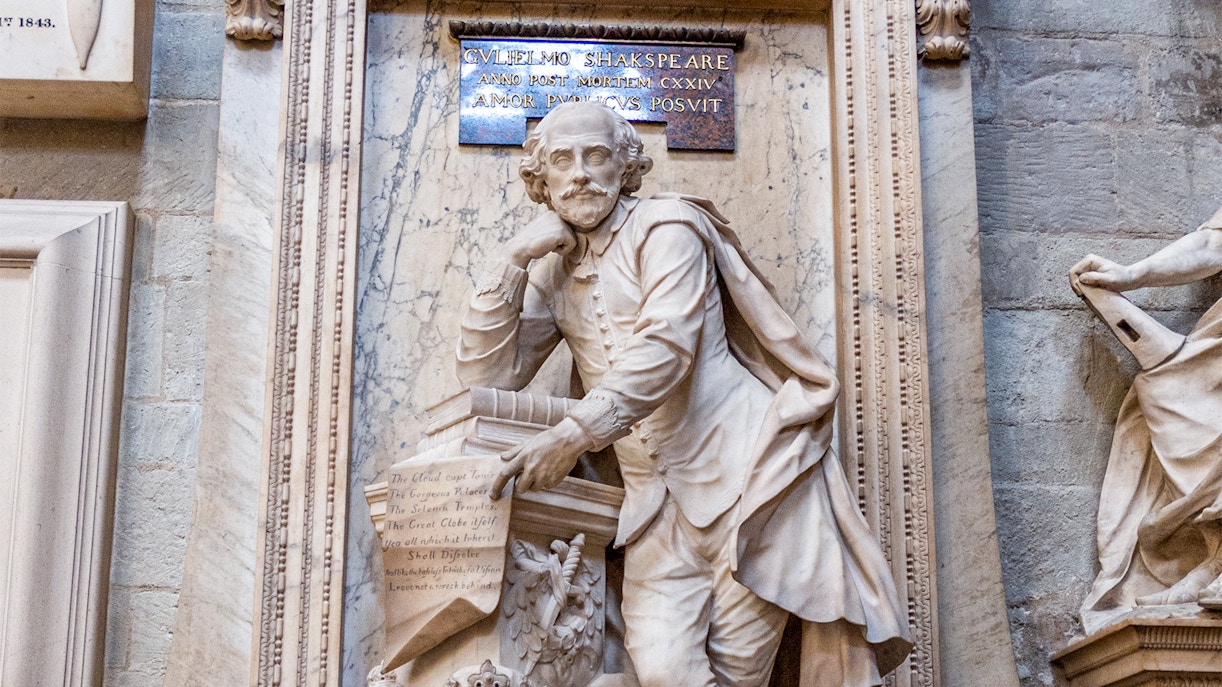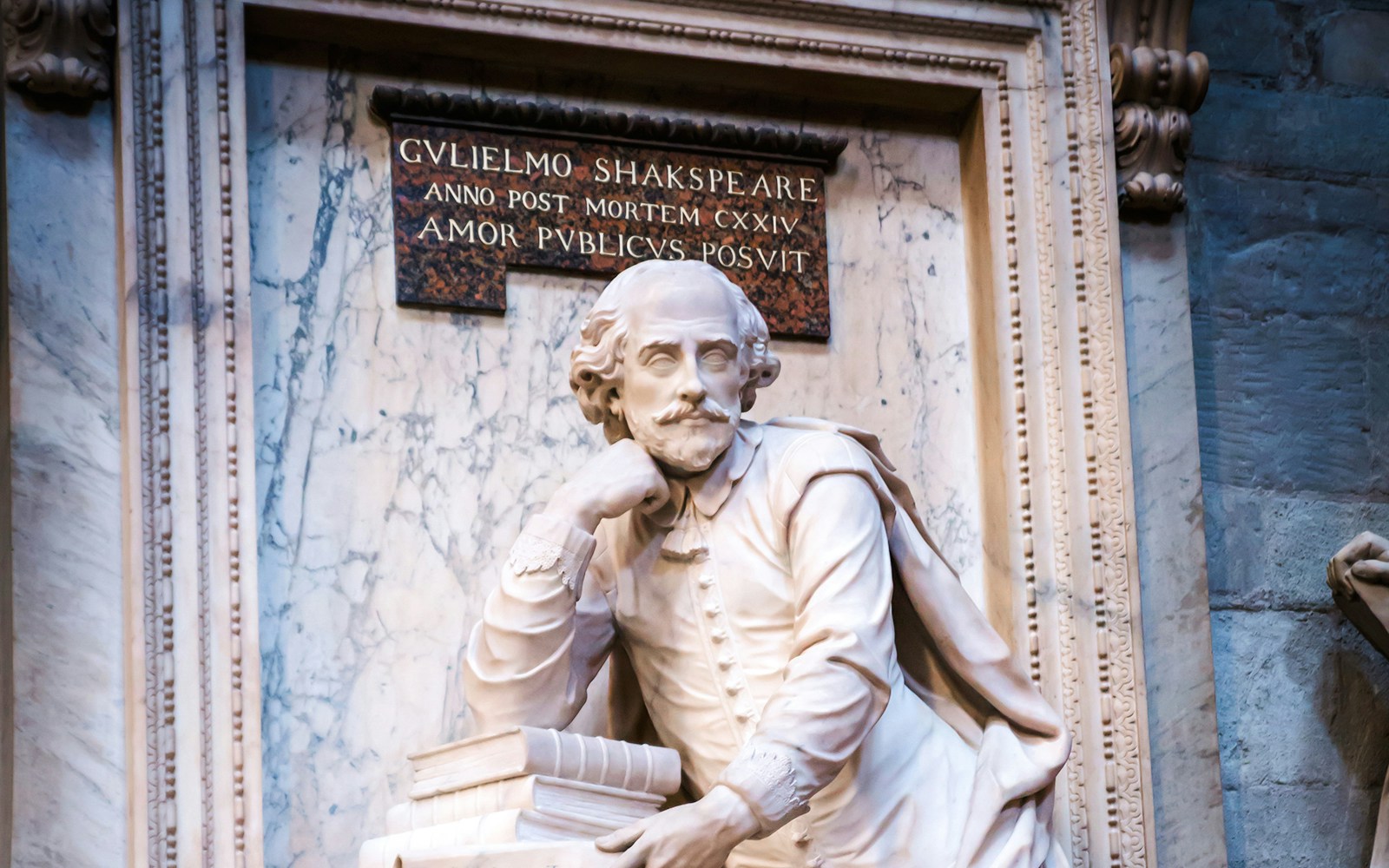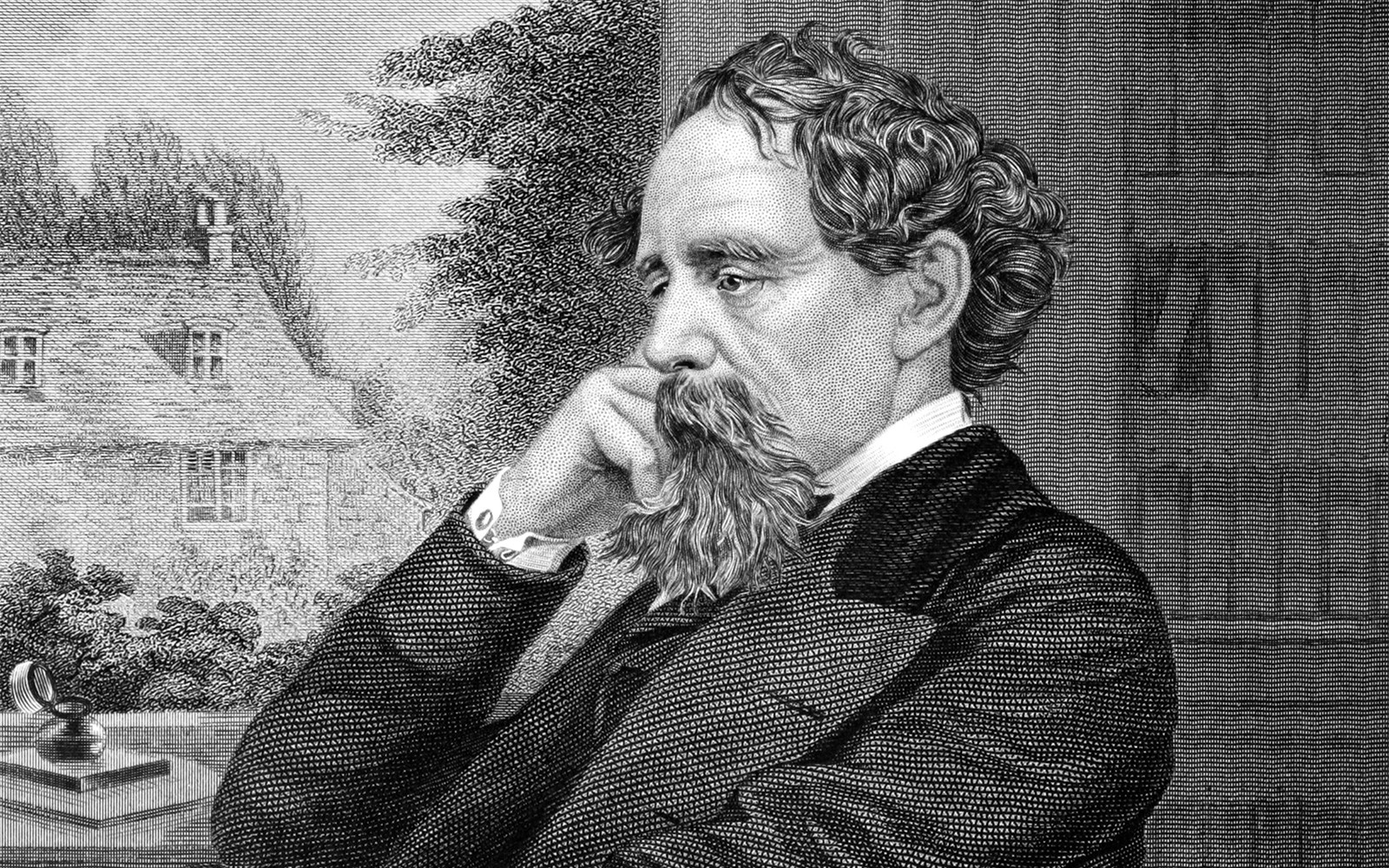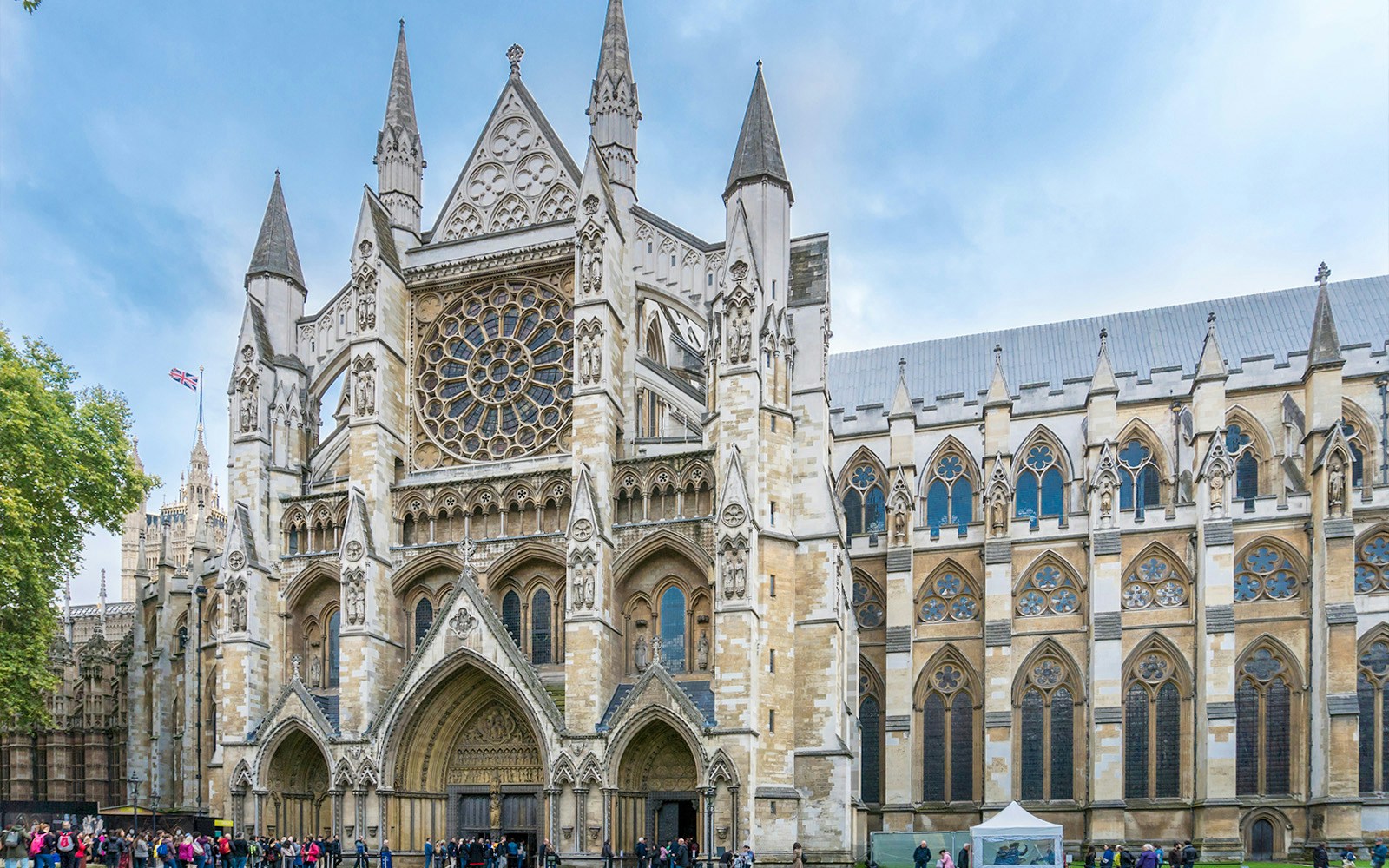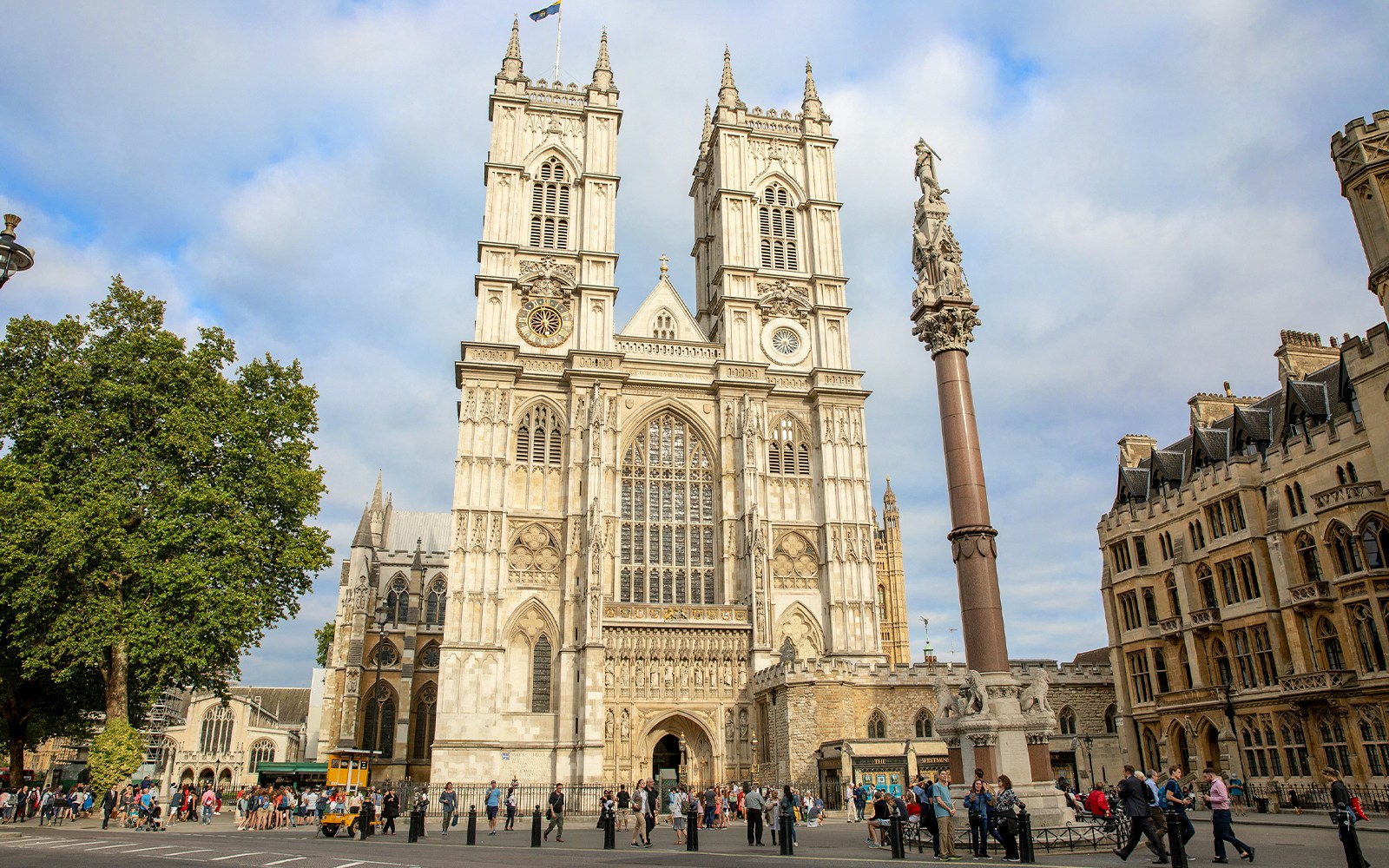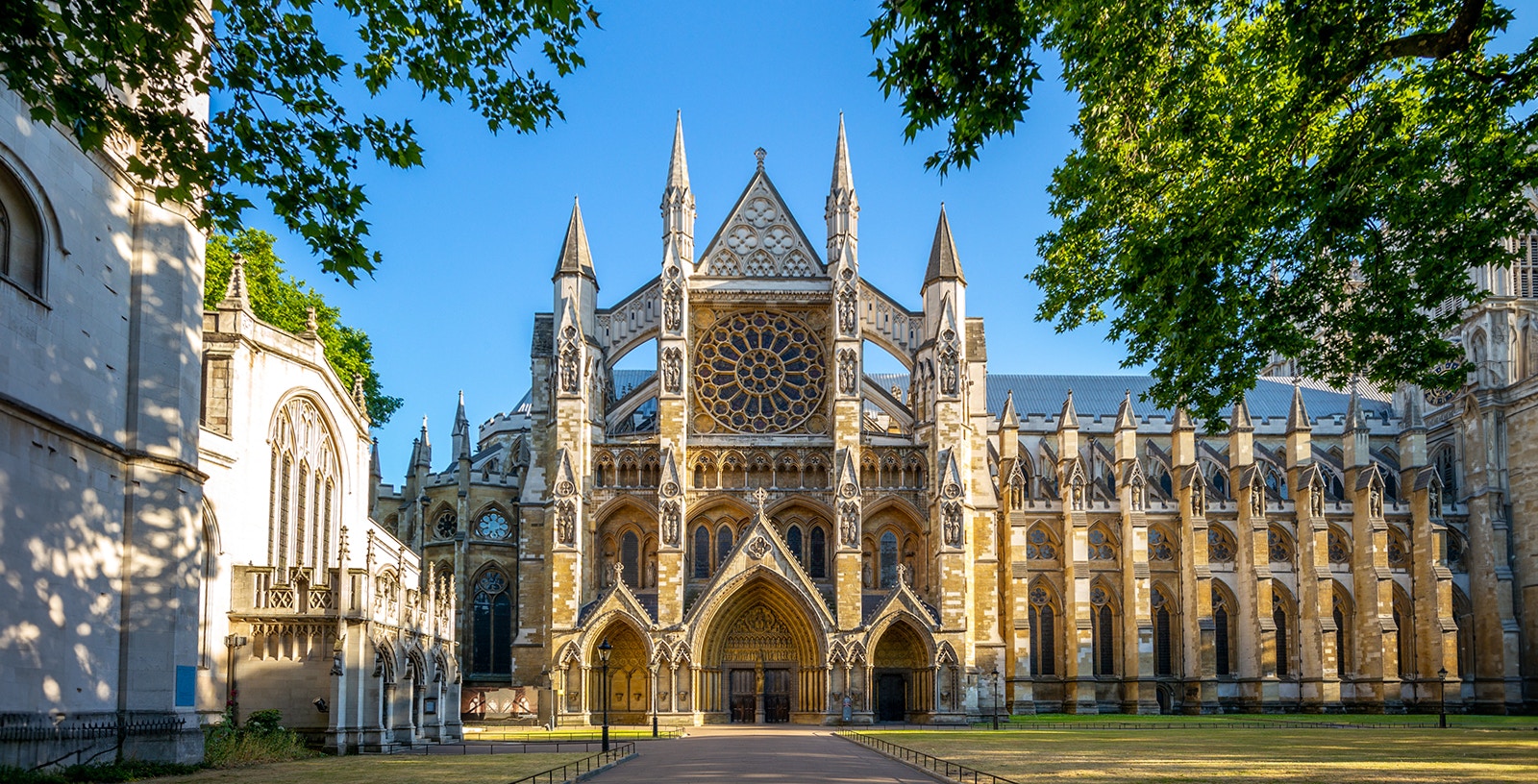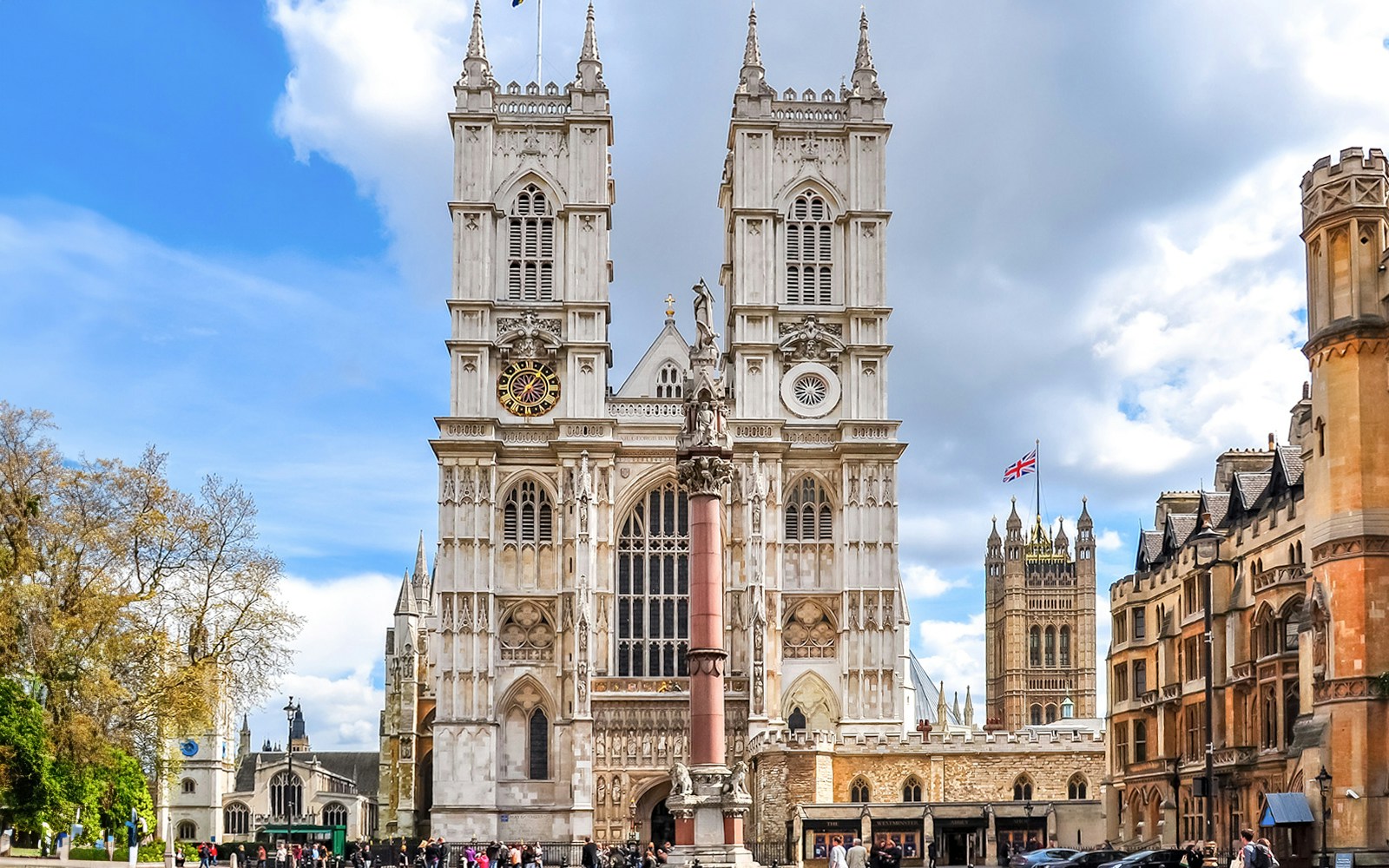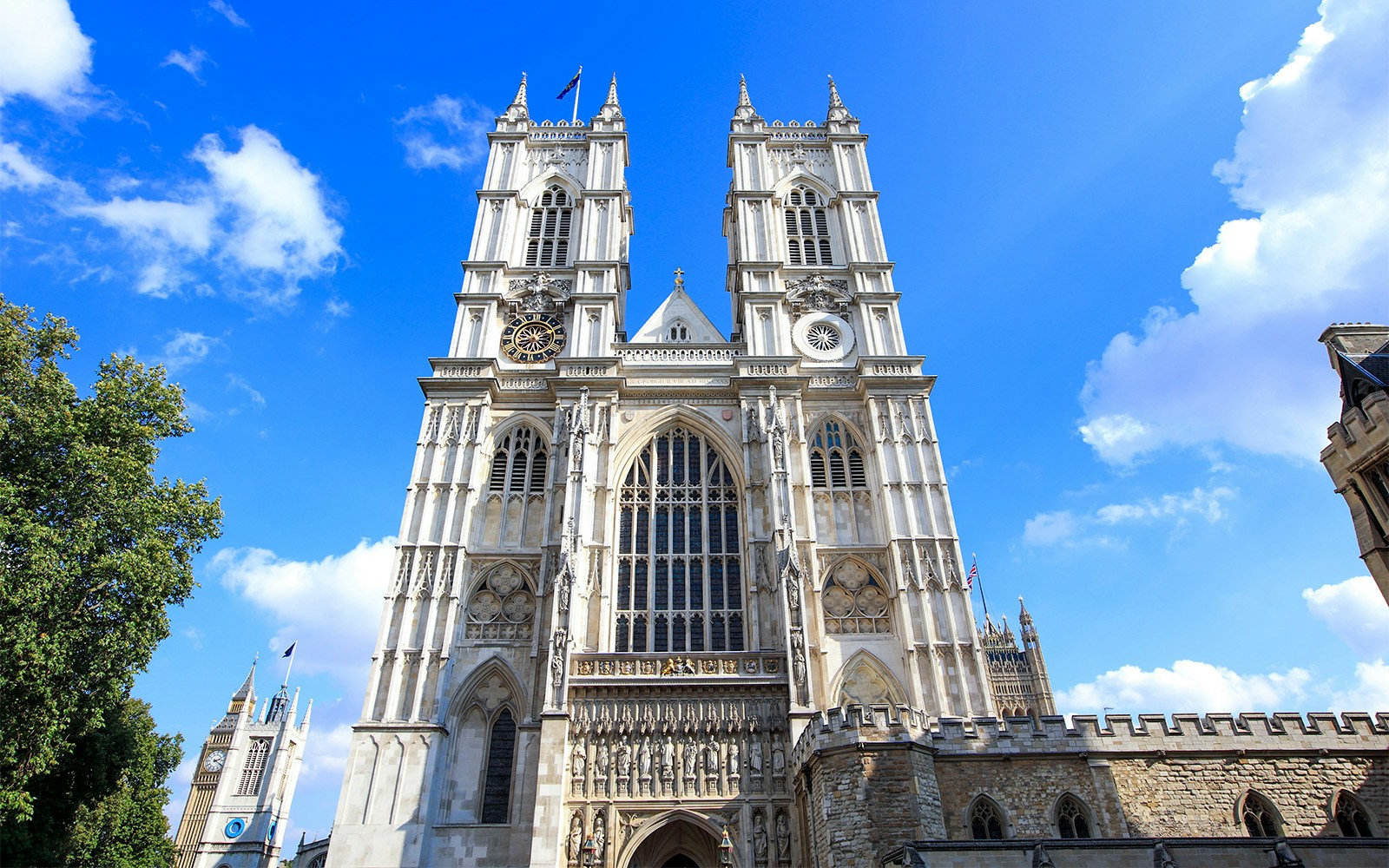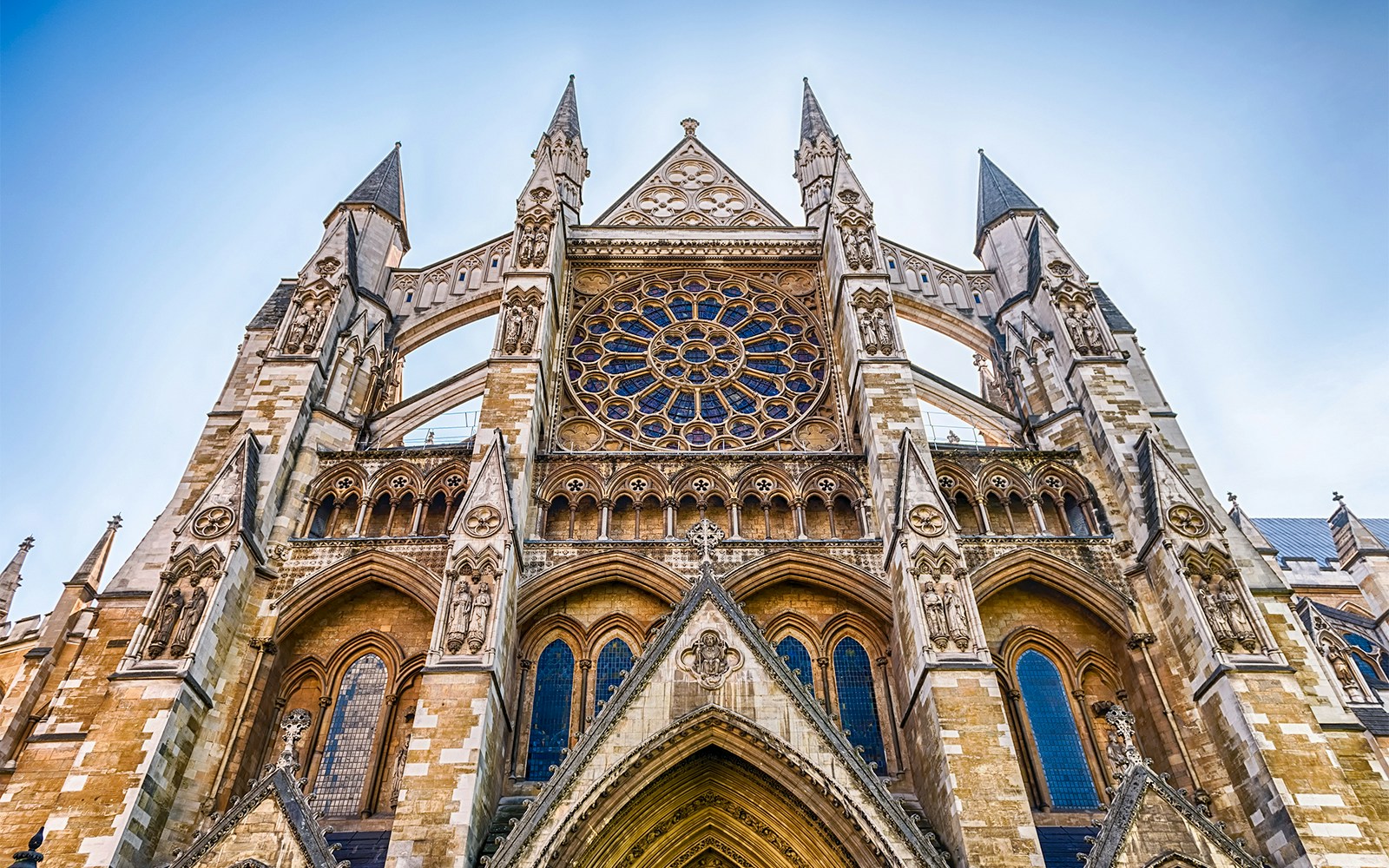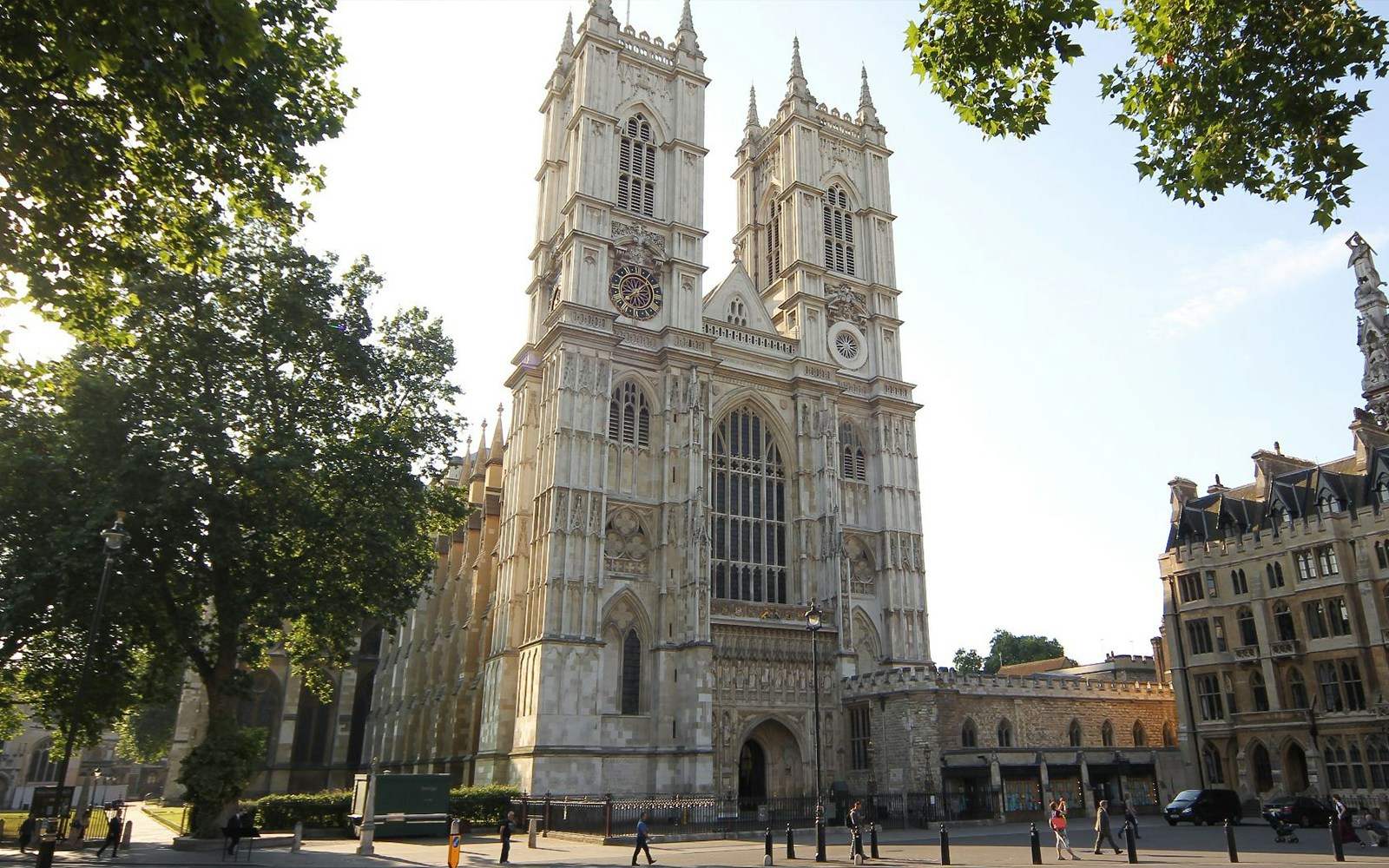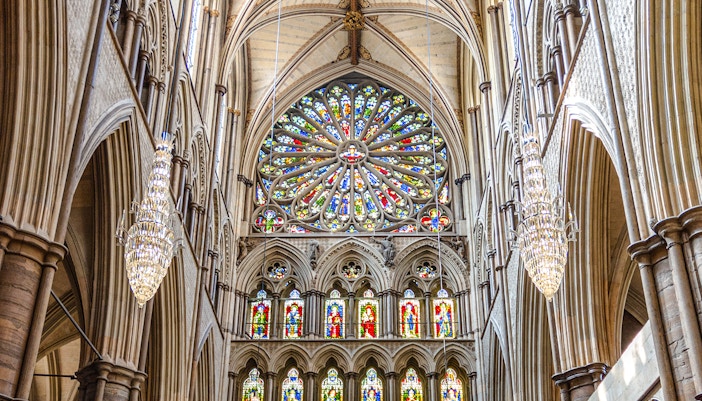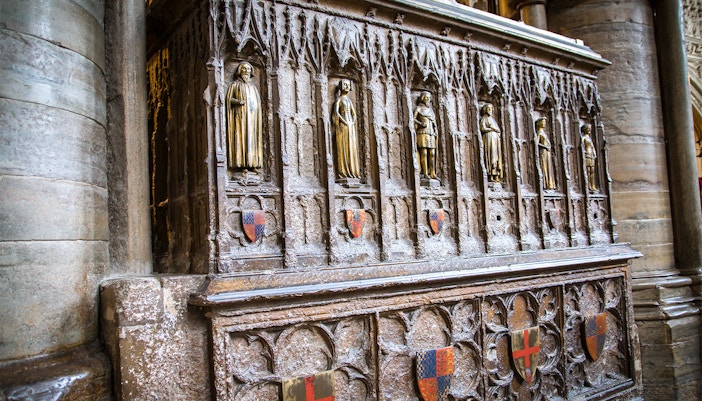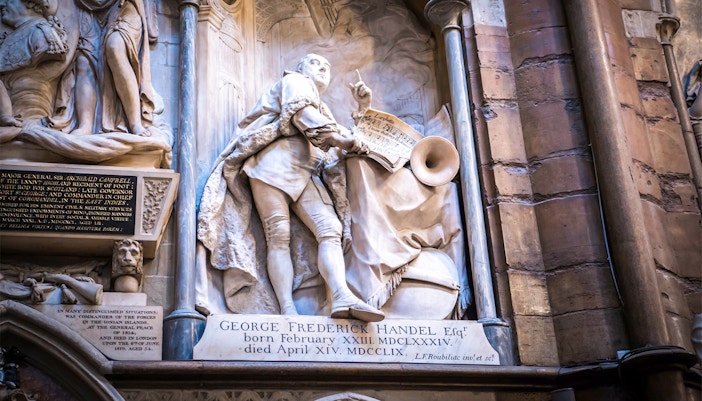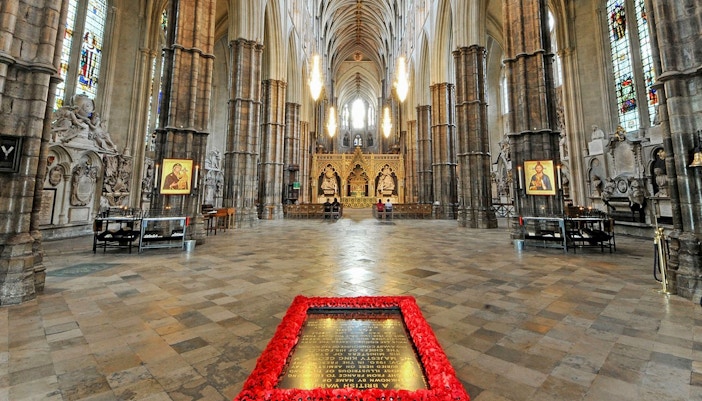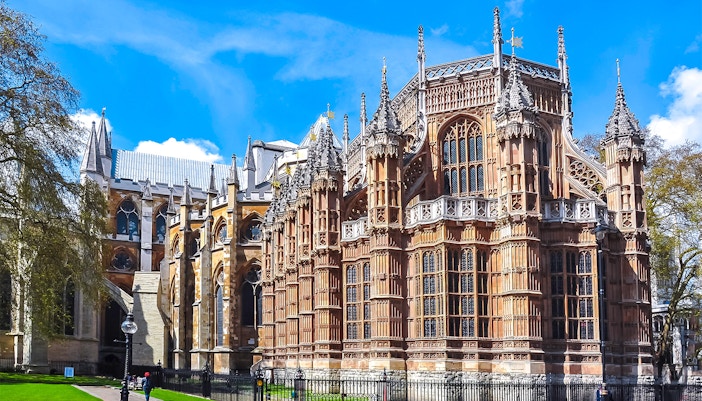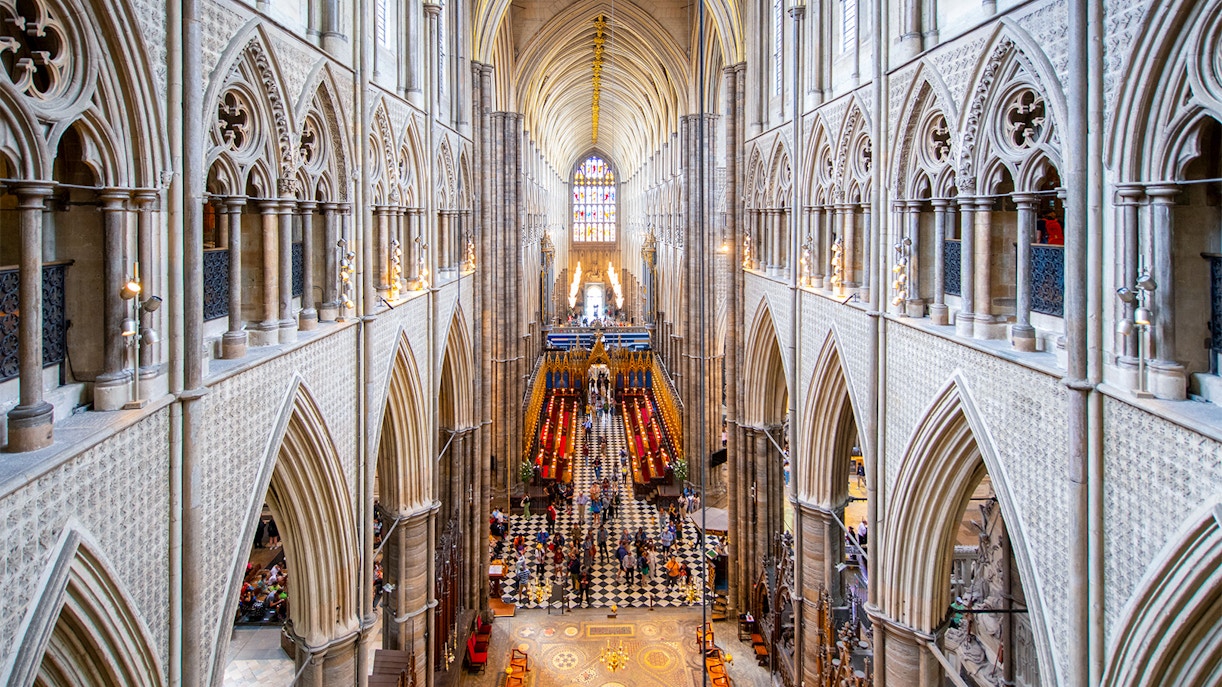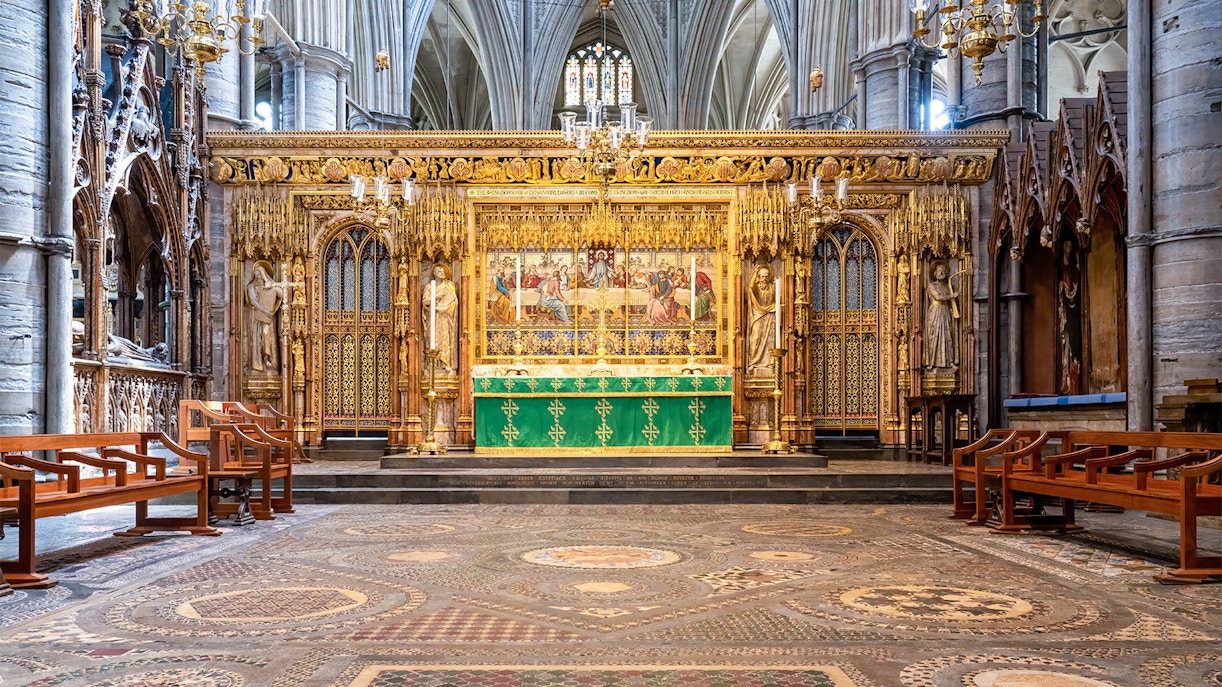- Chaucer’s burial: In 1400, Geoffrey Chaucer was buried here, sparking the tradition of writers being honoured in Westminster Abbey’s south transept.
- Tudor expansion: During the Tudor era, more writers were interred, establishing Poets’ Corner as a growing national memorial for England’s literary figures.
- 18th-century flourish: The 1700s saw a surge of memorials, with Shakespeare’s monument added, strengthening Poets’ Corner’s symbolic role in British culture.
- Victorian additions: The 19th century brought memorials to Dickens and Tennyson, expanding Poets’ Corner into a diverse record of literary achievement.
- Modern memorials: Twentieth and twenty-first century commemorations added writers like Auden and Ted Hughes, proving Poets’ Corner remains an evolving cultural tradition.

